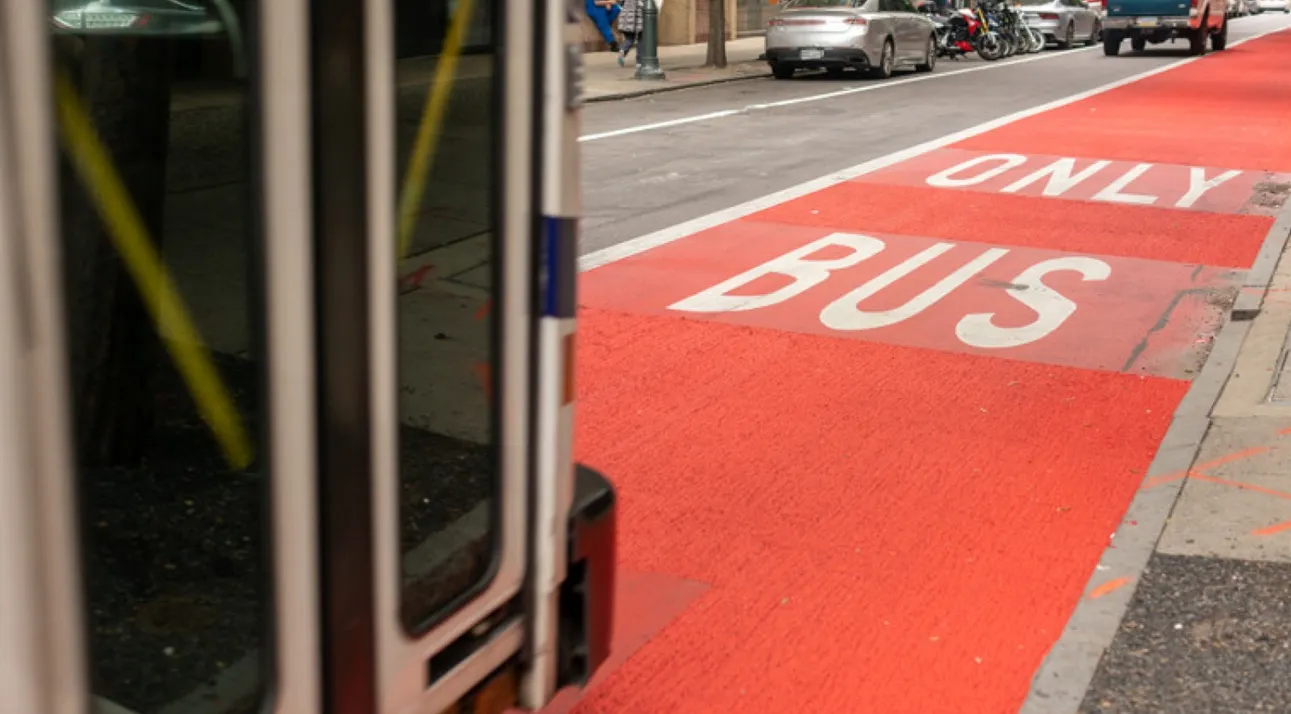A report by
Every year, on average, 100 children are killed and 25,000 are injured walking to and from school. Many of these tragedies can be attributed to drivers who are distracted, speeding through school zones or illegally passing stopped school buses as children move toward or away from the bus. Enforcing traffic laws can help reduce these hazards, but the demands on officers make it impossible for them to maintain a constant presence on school buses and in school zones on a daily basis.
According to the ATS report, automated enforcement is a proven deterrent to excessive speeding in school zones and the practice of illegally passing school buses that are stopped to let children on or off.
The report claims: In Des Moines, WA, the number of motorists speeding in front of Woodmont Elementary School decreased by 82 per cent in the first six months of the city’s school zone speed safety camera program; The city of Seattle has seen a 27 per cent reduction in the number of violations issued since their school zone speed safety camera program started in December 2012; In Georgia, the state with highest number of school bus passing violations in the US, ATS’ CrossingGuard school bus stop arm safety cameras are reducing the threat to children from illegal passes. Violations decreased between 42 and 50 per cent in three areas after cameras were installed on buses to record illegal passes.
“This report should help remind all of us of the persistent dangers that students face,” said Charles Territo, ATS Senior President of Communications, Marketing and Public Affairs. “Around the country law enforcement and school districts are looking for new ways to increase student safety. We’re proud of how our school zone speed cameras and school bus stop arm safety solutions are helping keep children safe every day.”
ATS report highlights school zone safety
A report by American Traffic solutions (ATS), How to Help Eliminate Dangers of Traveling to and from School (and Keep Kids Safe), highlights the dangers children face as they travel to and from school and details some of the successes schools and cities are having with new solutions to both change driver behaviour and enhance student safety.
Every year, on average, 100 children are killed and 25,000 are injured walking to and from school. Many of these tragedies can be attributed to drivers who are distr
August 29, 2014
Read time: 2 mins








